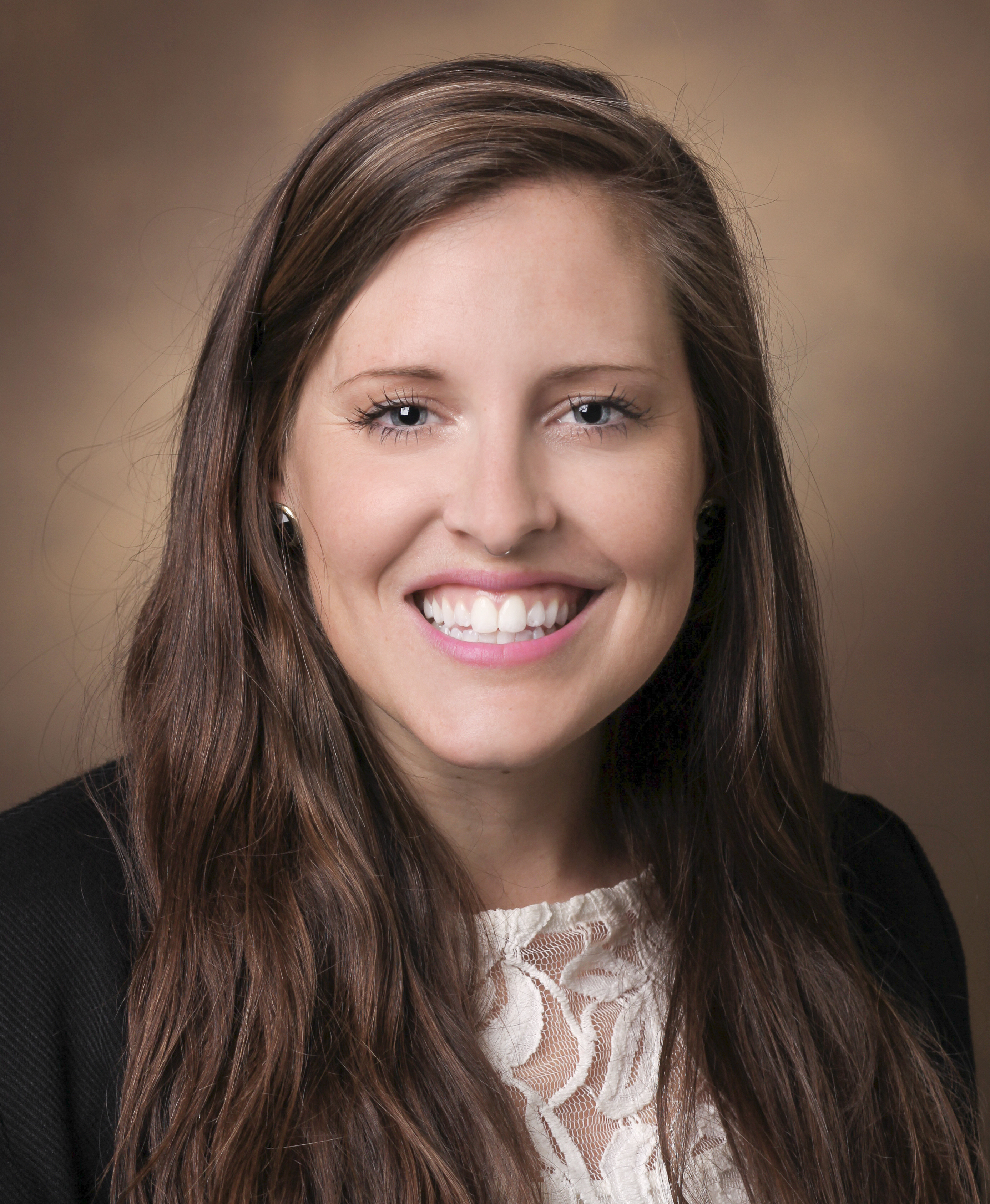|
Severe Mental Illness Special Interest Group Laura Adery, Ph.D.
Psychosis and psychotic like experiences are experienced on a continuum across the population spectrum; Around 5% of the population may experience subclinical psychosis at a given time, and the vast majority (75–90%) resolve on their own without treatment (Van Os, Linscott, Myin-Germeys, Delespaul, & Krabbendam, (2009). However, there is a group of individuals who experience more consistent psychotic symptoms that can be upsetting yet do not meet diagnostic criteria for a full psychotic illness. This is considered Clinical High Risk for psychosis or CHR. CHR is not a clinical diagnosis but rather a syndrome. It is estimated that prior to the onset of a psychotic illness, approximately 2/3 of people experience a CHR phase. Although not all individuals considered to be CHR will go on to develop a psychotic illness, many experience co-occurring or future mental conditions such as depression. Those who do transition from CHR to a psychotic illness are most likely to do so within 1–2 years (Fusar-Poli et al., 2012). Thus the "CHR" phase presents an opportunity for detection, monitoring and early intervention. This group will provide education and peer support for individuals providing care for individuals with high risk or symptoms of psychosis, and discuss diagnostic differentials on a case by case basis. We will host presentations and more informal research briefings by SMI experts, related to assessment and intervention recommendations from over 20+ years of longitudinal and cross-sectional clinical research through the UCLA Center for Assessment and Prevention of Prodromal States (CAPPS) and other collaborators. Community SIG members are invited to submit presentations and interim meetings may be held more frequently if there is sufficient interest. |

